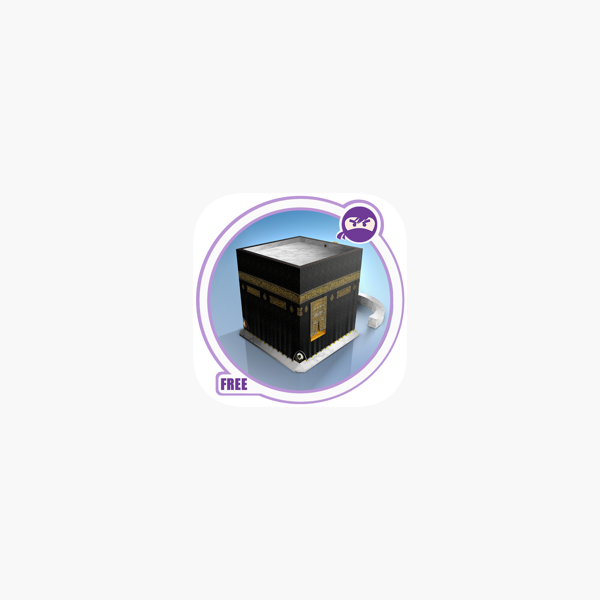Namoz Ukishni Urganish Ayollar Uchun
Where To Get Umi-Bozu’s Eyestone In Nioh Umi-Bozu’s Eyestone is a potential drop from the Umi-Bozu boss enemy in the The Ocean Roars Again Main Mission in the Chugoku Region. It is available to farm at an early point in the game but the Fanatics Armor set isn’t typically an armor set you’ll be able to get before reaching level 90+.
Kanji Module Introduction to Chinese Characters: Kanji There are thousands of kanji characters (10,000 in the Japanese language), but to easily read a Japanese newspaper one needs to know only about 2,500 kanji. In 1981 the Japanese Ministry of Education decided to specify 1945 kanji specifically to be taught in schools in Japan. These 1945 characters are called the jouyou ('daily use') kanji. If you have a goal to learn as many kanji as possible, these are the ones to learn first. You can start with elementary school first grade and work your way up through high school. Although it seems a daunting task to learn 2000 or more characters, the literacy rate in Japan for people over age 15 is 99%! For practical purposes, there is a national Japanese Language Proficiency Test (JLPT) you can take that will rank you according to your reading ability of kanji.
Your rank determines whether or not you can enter a Japanese university, or get a job in Japan. There are some good web sites to help you study for this exam (see the links below). Although we can't be sure, it is generally accepted that Buddhist monks brought Chinese texts back to Japan around the 5th century. The Japanese adopted Chinese characters into the written language. Unlike Chinese, Japanese grammar involves conjugations of words, which required the addition of various word endings (for example, masu forms).
These conjugations were added using hiragana letters, which of course do not have meanings but provide sound only. Before you begin to write the kanji, please study the Introduction to Kanji PowerPoint in eLearning, and the text and links below. You should have a basic knowledge of stroke order, on and kun readings, okurigana, furigana or yomigana, radicals, and the origins of kanji. If you know the Chinese language, be aware that Japanese characters are not always the same in shape, and definitely not the same in pronunciation! Download skin pack keren untuk windows 7 32 bit.

Japanese characters generally have at least two to seven pronunciations -- these can be of Chinese origin ( on reading) or indigenous Japanese pronunciation ( kun reading). Although on readings were derived from original Chinese language, very few kanji are pronounced the same in Chinese. So, if you are a native Chinese speaker, you will be able to write the characters very nicely from day one, and probably understand meanings of many words, but you will not be able to read aloud and make any sense to Japanese speakers! It is difficult to know which reading is needed in a word, but usually the on reading is used when a word is made up of only kanji, and the kun reading is used when there are hiragana characters attached to the word ( okurigana). Kanji can be separated into different categories. You are not responsible for memorizing these terms, but this information is very interesting and useful for your study: • Shoukei-moji (象形文字) These characters are 'pictures' of the object they represent. For example, 目 is an eye, 木 is a tree, etc.